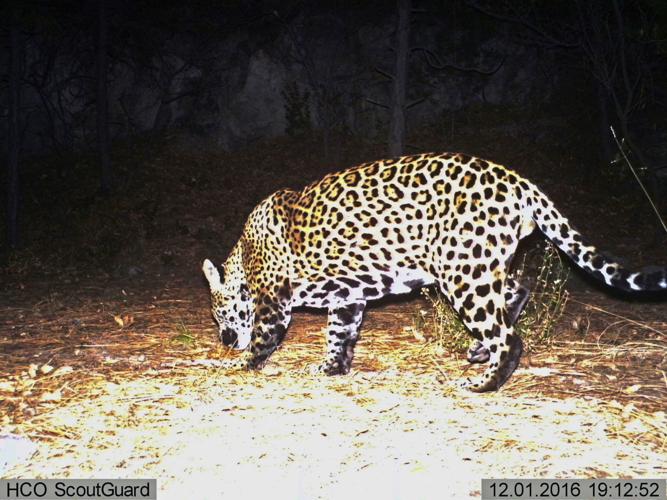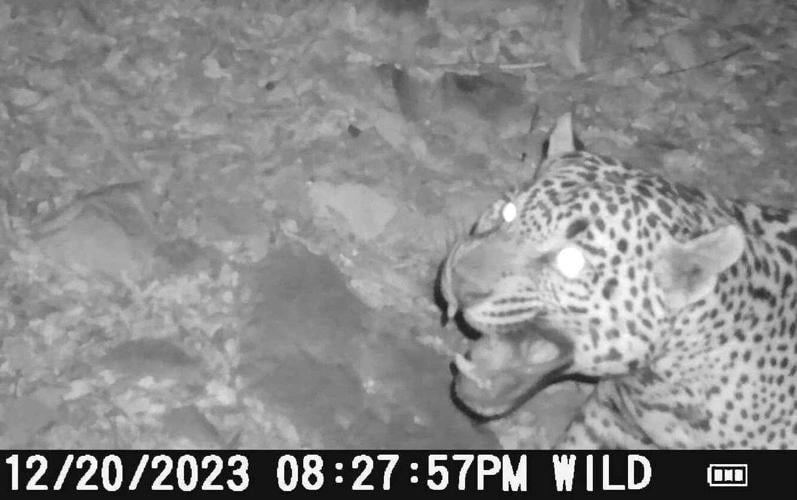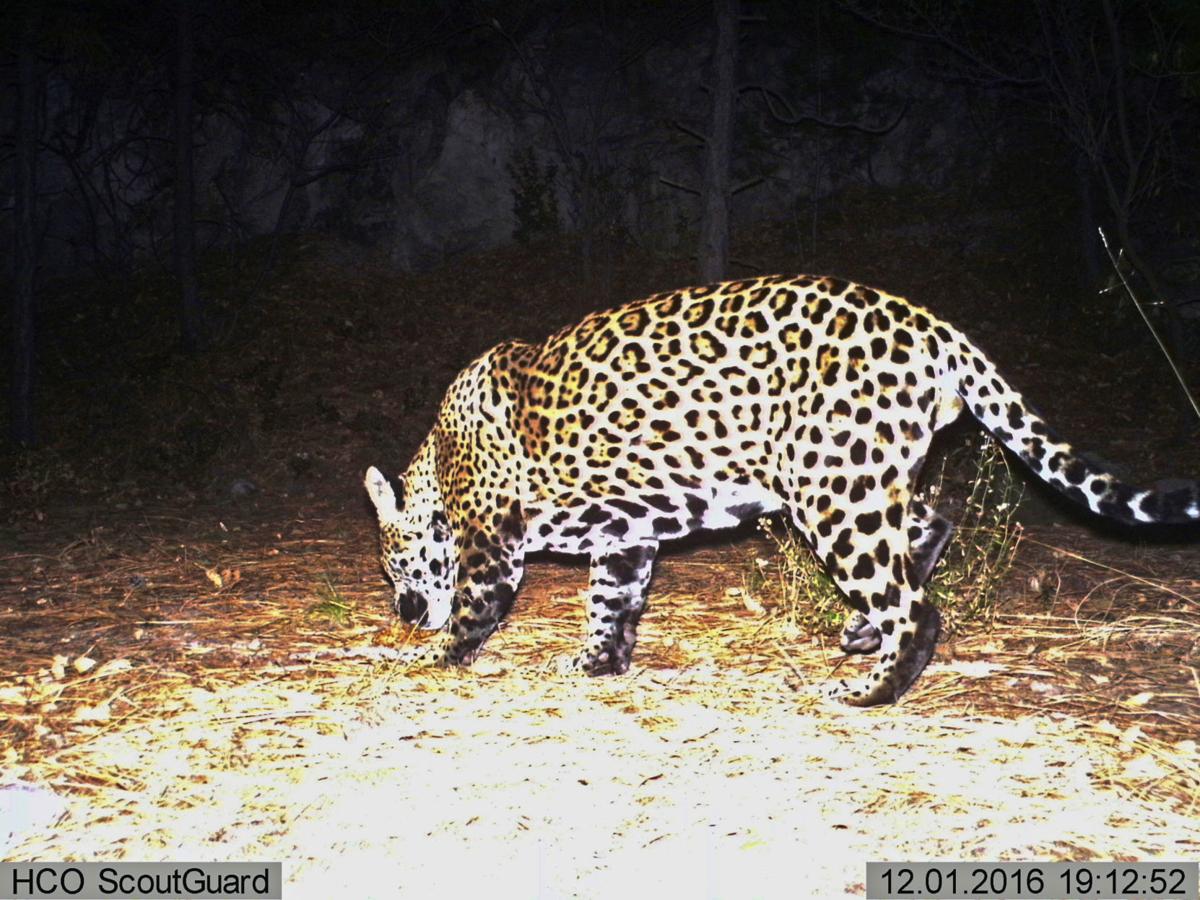The U.S. Fish and Wildlife Service turned down an environmental group’s petition to reintroduce endangered jaguars into Southern New Mexico’s Gila National Forest.
In a letter to the Tucson-based Center for Biological Diversity, the service said it concluded that release of jaguars under the provision of federal law the center requested “would not be sufficient to further the conservation of the species.” Release of the jaguars in that area therefore wouldn’t meet federal requirements for reintroduction as an “experimental population,” the service said.
The center had asked about a year ago that jaguars be reintroduced as an experimental population that would have the protections of a threatened species, which are lesser than the normal protections normally afforded to an endangered species such as the jaguar. An experimental population is one for which the U.S. Interior secretary authorizes release in areas outside its current range.
The decision doesn’t preclude the service from future jaguar reintroduction if conditions change or if the agency receives additional information showing reintroduction would meet federal standards for releasing a wild population, the Wildlife Service wrote in its letter this month to the center.
The service’s decision marks the latest standoff over jaguar protection between the federal agency and the center, spanning well over two decades. The center successfully sued the service in the 1990s to get the jaguar listed as endangered, then sued it in the 2000s to get its critical habitat designated.

Wildlife videographer Jason Miller says this jaguar showed up on one of his trail cameras in the Huachuca Mountains in Southern Arizona on Dec. 20.
Since 1996, eight male jaguars have been photographed near the Mexican border in Southern Arizona and Southern New Mexico. The most recently discovered jaguar was identified just this month from photos taken in Southern Arizona’s Huachuca Mountains.
Center officials said Wednesday that continued federal inaction has prevented growth in the population of jaguars living permanently in this area.
No female jaguars have been seen in the U.S. since a hunter shot one in 1963 in Arizona’s White Mountains. The closest breeding population of jaguars lives in northern Sonora — estimated by the Wildlife Service at between 50 to 100 of the big cats.
The jaguar is the largest native species native to the Western Hemisphere, the service said. It historically ranged from the southern U.S. to central Argentina, although hunting and trapping have shrunk the animal’s range significantly since the early 20th century.
“This is a heartbreaking example of the Fish and Wildlife Service’s continued failure to take proactive steps to bring jaguars back to their native range,” said Laiken Jordahl, Southwest conservation advocate for the Center for Biological Diversity. “Federal officials should be aiding jaguar recovery, not making excuses that justify their continued inaction. Jaguars belong in the United States, and we won’t stop fighting to protect and recover these magnificent cats.”
The center said the service’s rationale ignores numerous jaguar experts who authored a 2019 study declaring 20 million acres in Arizona and New Mexico, including the Gila National Forest, suitable habitat for a breeding population of jaguars. The study was conducted by scientists as well as by environmental activists.
In its letter to the center, however, the service said it’s committed to jaguar conservation. It coordinates exchange of information about jaguars internationally, identifies conservation measures for proposed activities that could affect jaguars, and supports research and conservation projects throughout the jaguar’s range.
The service said in its letter that demographic factors such as delayed jaguar reproduction, the existence of few cubs and intermittent breeding “make it unlikely that a new jaguar population could become established and survive without extensive human intervention to offset or manage anticipated low annual recruitment in the wild.”
Jordahl countered: “Millions of acres in Arizona and New Mexico hold a vast expanse of high-quality habitat with a robust prey base, as expert scientists have determined. Reintroduction here is possible and within reach.”
He cited the reintroduction by scientists of what he called a thriving population of jaguars in Ibera, Argentina “in a relatively short period of time.”
The service also said that while a 2014 study found the Sonoran jaguar population is viable, other research has shown that removing as few as five jaguars a year from that area by humans accelerated the rate and magnitude of jaguar population declines there.
“Those findings warrant significant caution in any consideration to remove jaguars from the Sonoran population for relocation, the service said.
Jordahl, however, said jaguar reintroduction would not include capturing or translocating any cats from the wild in Sonora. While more study of where to get jaguars is needed, based on the Argentinian experience, “releasing the offspring of existing jaguars in captivity that are unable to be released themselves would likely be the best option,” he said.
Vail videographer Jason Miller captured this clip in the Huachuca Mountains.
Overall, “reintroduction in the U.S. would help bolster genetic diversity of the isolated population of jaguars in Sonora, who have a limited gene-pool and low genetic diversity,” he said.






